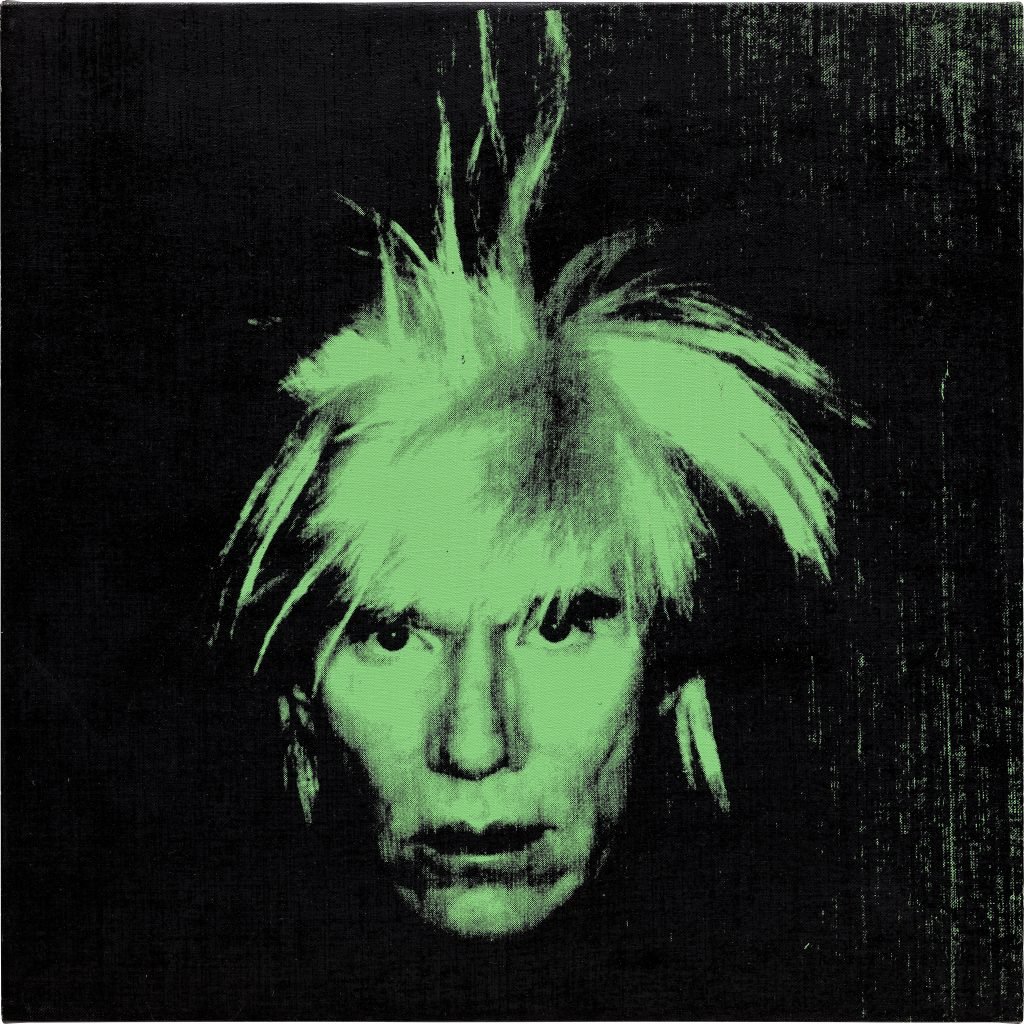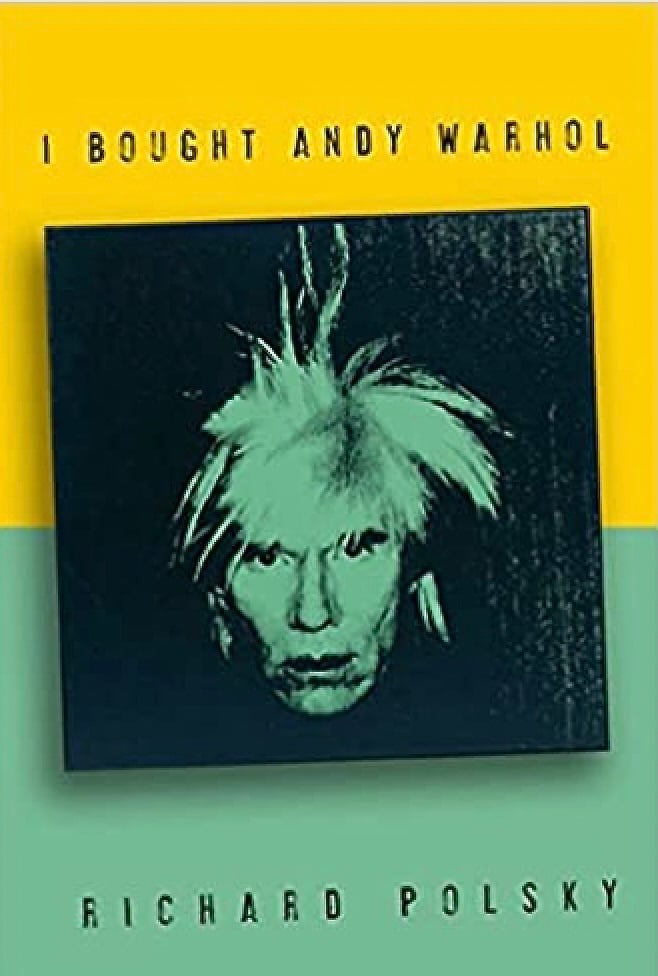Market
The Warhol Self-Portrait That Inspired the Remorseful Book ‘I Sold Andy Warhol (Too Soon)’ Is Hitting the Auction Block Again
Phillips is offering the storied work on behalf of a Finnish collector.

Phillips is offering the storied work on behalf of a Finnish collector.

Katya Kazakina

A self-portrait by Andy Warhol, the purchase and subsequent resale of which became the subjects of two books, will test the market for the Pop Art king in New York next week.
The 12-by-12-inch Self-Portrait (Fright Wig), depicts the artist’s head and signature spiky hair in green on black. Estimated at $800,000 to $1.2 million at Phillips, it will be offered at the evening auction of 20th and 21st century art on May 17. It’s one of 28 Warhols on the auction block during the semi-annual sales taking place in New York through next week, according to the Artnet Price Database.
The work is consigned anonymously by Finnish collector John Lindell, who purchased it for $374,000 at Christie’s in 2005. At that time, it was sold by art dealer Richard Polsky, who used the work as a narrative device for his two non-fiction works about the art market, “I Bought Andy Warhol” and “I Sold Andy Warhol (Too Soon): A Memoir.”
The first book told the story of Polsky’s 12-year quest to find and buy the right Warhol, for which he eventually paid $47,500. The second book is about selling the Warhol at auction—then having terrible buyer’s remorse.
“My mother told me not to sell it,” Polsky said by phone from Santa Fe, New Mexico, where he now lives. “I should have listened to my mother.”

Cover of Richard Polsky’s book “I Bought Andy Warhol.” Courtesy: Richard Polsky
Just two years later, another, similar 12-inch Warhol self-portrait fetched $2.7 million at auction, still the highest price for a work of this size. Prices for Warhol’s self-portraits in fright wig peaked in 2010 when a 9-foot square canvas traded for $32.6 million. A group of six 22-by-22-inch works fetched $31.4. million in 2018.
The series of Fright Wig self-portraits was the result of a suggestion by art dealer Anthony d’Offay, who wanted to bring together the iconic artist as the maker and the subject in the same artwork. The series was completed and exhibited at d’Offay’s London gallery shortly before Warhol’s death in 1987.
Lindell knew about Polsky’s first book, but he was drawn to the painting outside of any narrative, he said this week. He loves Warhol and has collected him in depth, starting in 1992 when he bought his first work by the artist, a Dollar Sign painting. Since then, he’s amassed 25 Warhol silkscreen paintings and sculptures, including four self-portraits. They are part of his art collection of about 250 works and a vast trove of furniture, glass, and ceramics.
“I am sorry to see it go,” Lindell said about the Fright Wig, speaking from Helsinki, “but after collecting for 40 years and approaching 70 next year, maybe it’s time to sell something.”
In fact, he’s selling three other artworks at Phillips next week, including two more Warhols (a small Mao in the evening sale and O.J. Simpson in the morning sale) as well as a Roy Lichtenstein brushstroke sculpture.
Both Polsky and Lindell said that owning the Fright Wig was a special experience.
“I got a lot of spiritual nourishment from it,” Polsky said. “Whoever gets it will enjoy living with it.”
He had once predicted that prices for a small Fright Wig self-portrait would top out at $500,000. Phillips’s estimate is already “twice what I thought it would ever be worth.”
Had he kept it until now, Polsky could have paid for his new house with the proceeds of the sale, he said. But that’s just the nature of art dealing: You often sell at a profit, but too soon.
Is there a chance he’s going to bid on it again? “I couldn’t buy it back even if I wanted to,” he said.